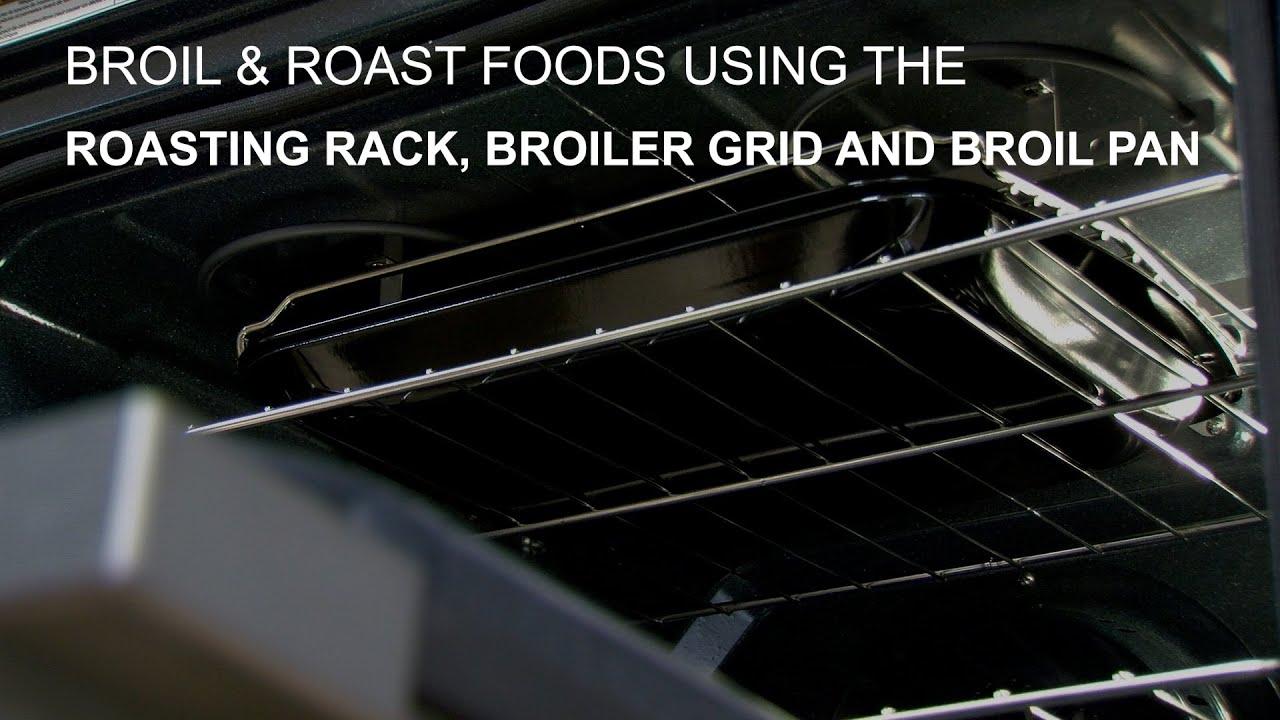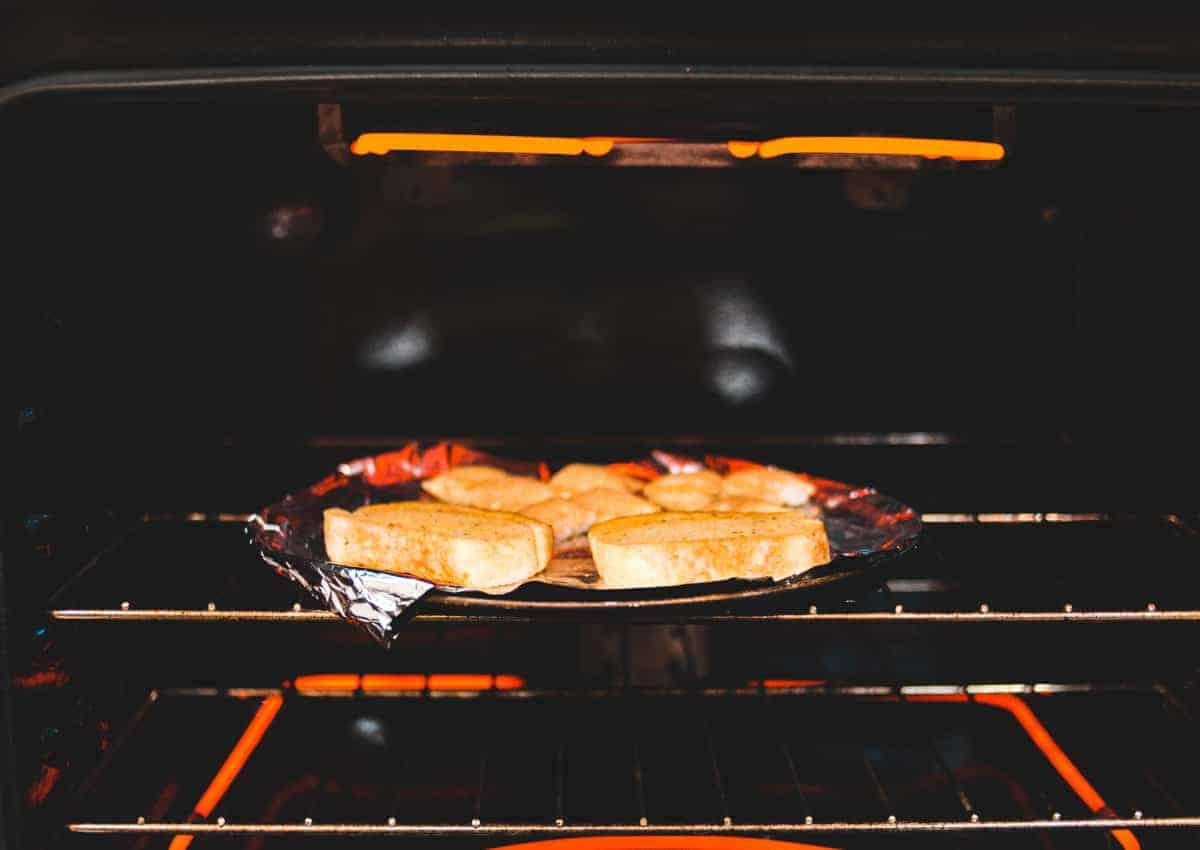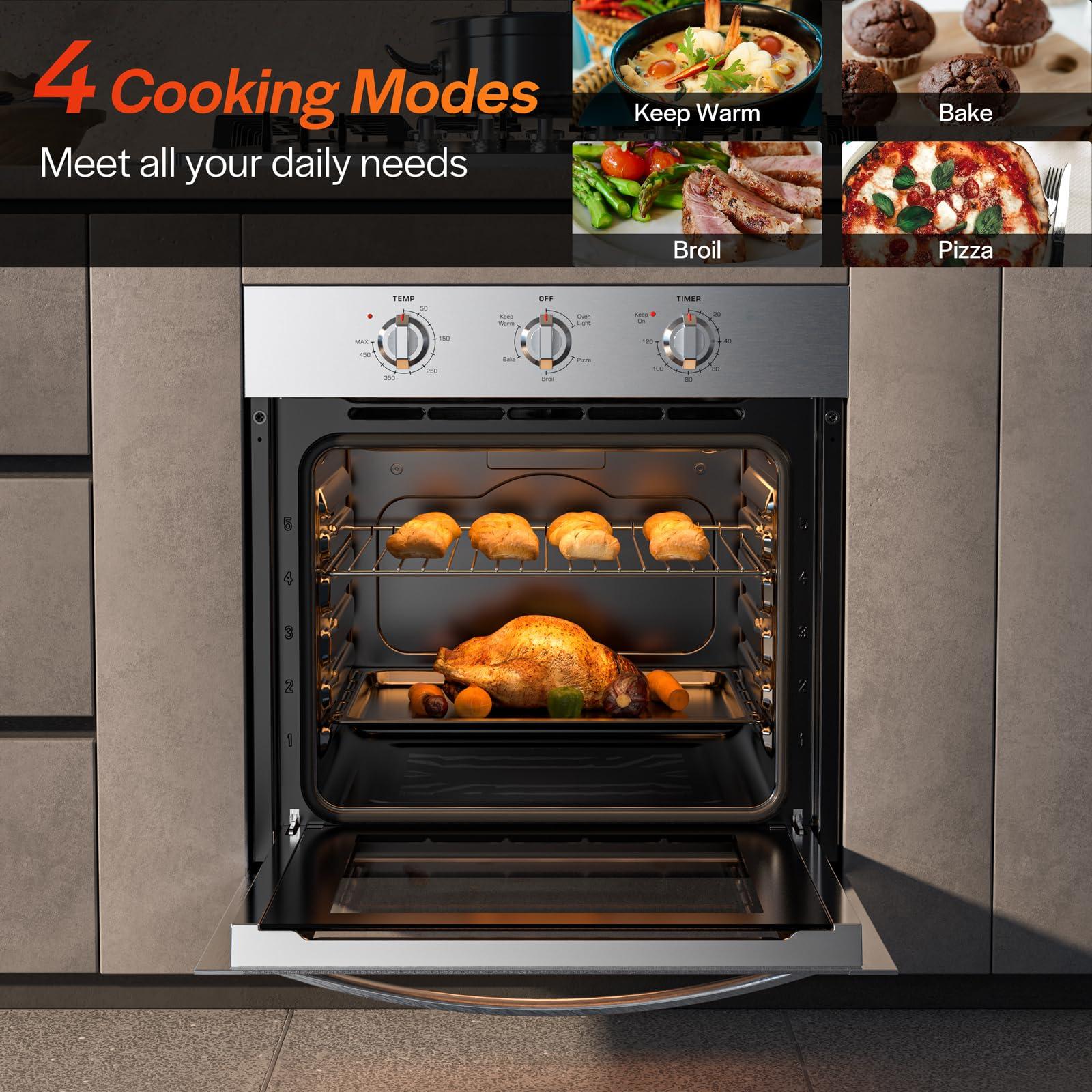Unlock the sizzling secrets of your electric oven and elevate your culinary game with the art of broiling! Often overlooked or misunderstood, broiling is a powerhouse cooking technique that can transform ordinary ingredients into extraordinary meals. Whether you’re craving a perfectly caramelized crust on your steak, a golden cheese-topped casserole, or charred, flavorful veggies, mastering the broil function can be your ticket to restaurant-worthy dishes from the comfort of your kitchen.In this guide, we’ll demystify the process, share expert tips, and inspire you to harness the intense heat of your oven’s broiler like a pro. Get ready to ignite your creativity and bring bold,appetizing flavors to your table—let’s dive in!
Understanding the Basics of Broiling in an Electric Oven
Broiling in an electric oven is a cooking technique that uses direct,intense heat from the oven’s upper heating element to quickly cook or brown the surface of food. It’s perfect for achieving a caramelized crust on meats, melting cheese to perfection, or adding a crispy finish to vegetables.Unlike baking or roasting, broiling works from the top down, making it ideal for thin cuts of meat or dishes that benefit from a quick sear. Positioning is key: always place the food on the top rack, ensuring it’s close to the heat source but not too close to avoid burning. Most electric ovens have a dedicated broil setting, which activates the upper element at high temperatures, usually between 500°F and 550°F.
- Use an oven-safe pan to avoid warping or damage.
- Pat food dry to ensure even browning.
- Preheat the broiler for 5-7 minutes for consistent results.
| Food Item | Broiling Time |
|---|---|
| Steak (1-inch thick) | 4-6 minutes per side |
| Salmon fillets | 6-8 minutes |
| Vegetables (sliced) | 3-5 minutes |
Broiling is a fast process, so keep a close eye on your food to prevent overcooking or burning. Use a timer and check every couple of minutes, especially when broiling delicate items like fish or thin vegetables. For thicker cuts of meat,you can use a meat thermometer to ensure the internal temperature reaches the desired level. Experiment with marinades or seasonings to enhance flavor, but avoid sugary sauces as they can burn easily under the broiler. With practise, you’ll master this technique and add a new dimension to your cooking repertoire.

Choosing the Right Ingredients and Tools for Perfect results
to achieve flawless broiling results, selecting the right ingredients and tools is essential. Start with high-quality proteins like fresh cuts of meat,fish,or vegetables that are uniform in size for even cooking. Marinate or season them generously to enhance flavor, as broiling intensifies taste. For tools, invest in a broiler-safe pan or baking sheet, preferably with a rack to allow heat circulation. Avoid using non-stick pans unless they’re explicitly labeled as broiler-safe, as high heat can damage their coating. Additionally,keep a pair of heat-resistant gloves and a reliable meat thermometer handy to ensure precision and safety.
Here’s a quick guide to essential ingredients and tools for broiling:
- Proteins: Steak, chicken breasts, salmon fillets, or thick vegetable slices.
- Seasonings: Olive oil, salt, pepper, garlic powder, or your favorite marinade.
- Tools: Broiler-safe pan, wire rack, heat-resistant gloves, and a meat thermometer.
| Ingredient | Recommended Tool |
|---|---|
| Steak | Broiler-safe cast iron skillet |
| Salmon | Wire rack on a baking sheet |
| Vegetables | Non-reactive baking dish |
Mastering temperature and Timing for Flawless Broiling
Broiling is all about precision, and mastering the balance between temperature and timing is the key to achieving restaurant-quality results. Start by preheating your electric oven’s broiler for at least 5 minutes to ensure it reaches the optimal heat level.High heat is essential for creating that perfect sear or caramelization, but keep a close eye on your food to avoid burning. For thicker cuts of meat or denser vegetables, position the rack a bit lower to allow for even cooking without charring the exterior too quickly.
Timing varies depending on what you’re broiling, so use this quick guide as a reference:
| Food Item | Broiling Time |
|---|---|
| Steak (1-inch thick) | 4-6 minutes per side |
| Salmon fillet | 6-8 minutes |
| Broccoli florets | 3-5 minutes |
Remember, broiling is a fast-cooking method, so always stay nearby and use a timer to avoid overcooking.for best results, flip your food halfway through the process to ensure even browning. experiment with different rack positions and cooking times to find the sweet spot for your favorite dishes.
Tips and Tricks to Elevate Your Broiling Game Every Time
Broiling can be a game-changer in the kitchen when done right. To ensure every dish emerges perfectly caramelized and flavorful, preheat your electric oven broiler for at least 5–10 minutes. This step ensures consistent heat distribution and prevents undercooking. Use the right cookware—opt for broiler-safe pans like heavy-duty stainless steel or cast iron to withstand high temperatures. Avoid non-stick pans, as the coating can degrade under the intense heat. Position matters: place the oven rack 3–6 inches below the broiler for most dishes, adjusting based on thickness and desired doneness. Lastly, keep a close eye on your food, as broiling works quickly and can easily lead to burning.
Experiment with marinades and seasonings to elevate the flavor profile of your broiled dishes. Layering flavors with a mix of herbs, spices, and acidic components like lemon juice or vinegar can create depth. for an even cook, pat your ingredients dry before broiling to avoid steaming instead of browning. Here’s a handy guide for broiling times and temperatures for common foods:
| Food Item | Broiling Time | Rack Position |
|---|---|---|
| Steak (1 inch thick) | 4–6 minutes per side | 3 inches |
| Chicken Breast | 6–8 minutes per side | 4 inches |
| Vegetables | 5–7 minutes | 5 inches |
Future Outlook
‘
return render_template(‘arm.html’,arm=arm)
def what(request):
return render(request,’what.html’)
def why(request):
return render(request,’why.html’)
def which(request):
return render(request,’which.html’)
def hello(request):
return render(request,’hello.html’)
def twsd(request):
return render(request,’twsd.html’)
def dig(request):
return render(request,’dig.html’)
def lar(request):
return render(request(‘lar.html’))
def arm(request):
return render(request,’arm.html’)
def fly(request):
return render(request,’fly.html’)
def thfd(request):
return render(request(‘thfd.html’))
def farm(request):
return render(request(‘farm.html’)
def race(request):
return render(request(‘race.html’)# return render(request,’arm.html’)
def arm(request):
return render(request(‘arm.html’)
def arm(request):
return render(request(‘arm.html’)
def arm(request:
return render(request,’arm.html’)
def arm(request):
return render(request,’arm.html’)
def arm(request):
return render(request,’arm.html’)
def arm(request’:
return render(request,’arm.html’)
def arm(request:
return render(request,’arm.html’)
def arm(request:
return render(request,’arm.html’)
def arm(request:
return render(request,’arm.html’)
def arm(s):
return render(request,’arm.html’)
def arm(request):
return render(request,’arm.html’)
def arm(request:
return render(request,’arm.html’)
def arm(request:
return render(request,’arm.html’)
def arm(request:
return render(request,’arm.html’)
def arm(request:
return render(request,’arm.html’)
def arm(request:
return render(request,’arm.html’)
def arm(request:
return render(request,’arm.html’)
def arm(request:
return render(request,’arm’)
https://www.google.com/afn
for the best cleanup of the worldneN

